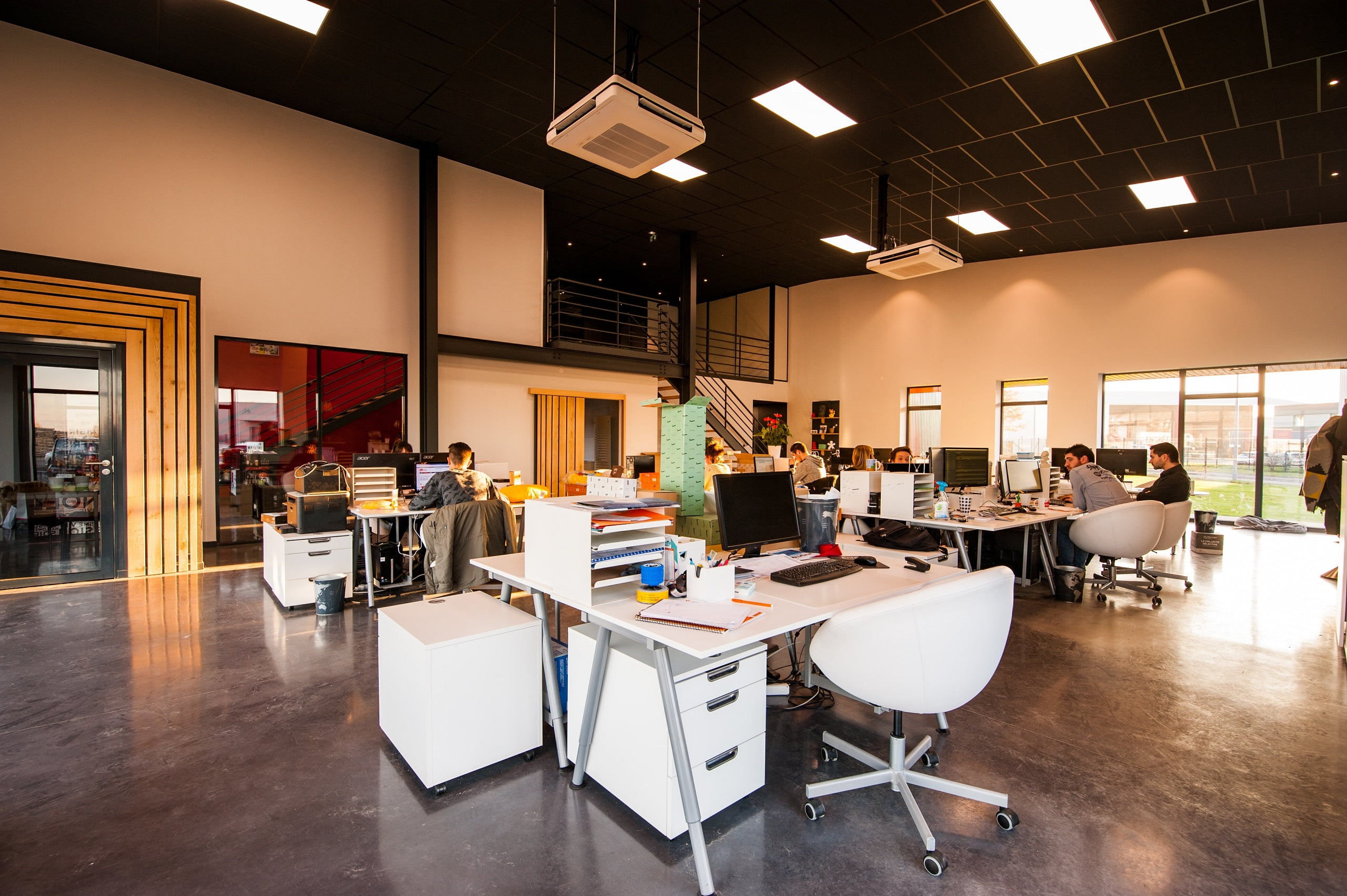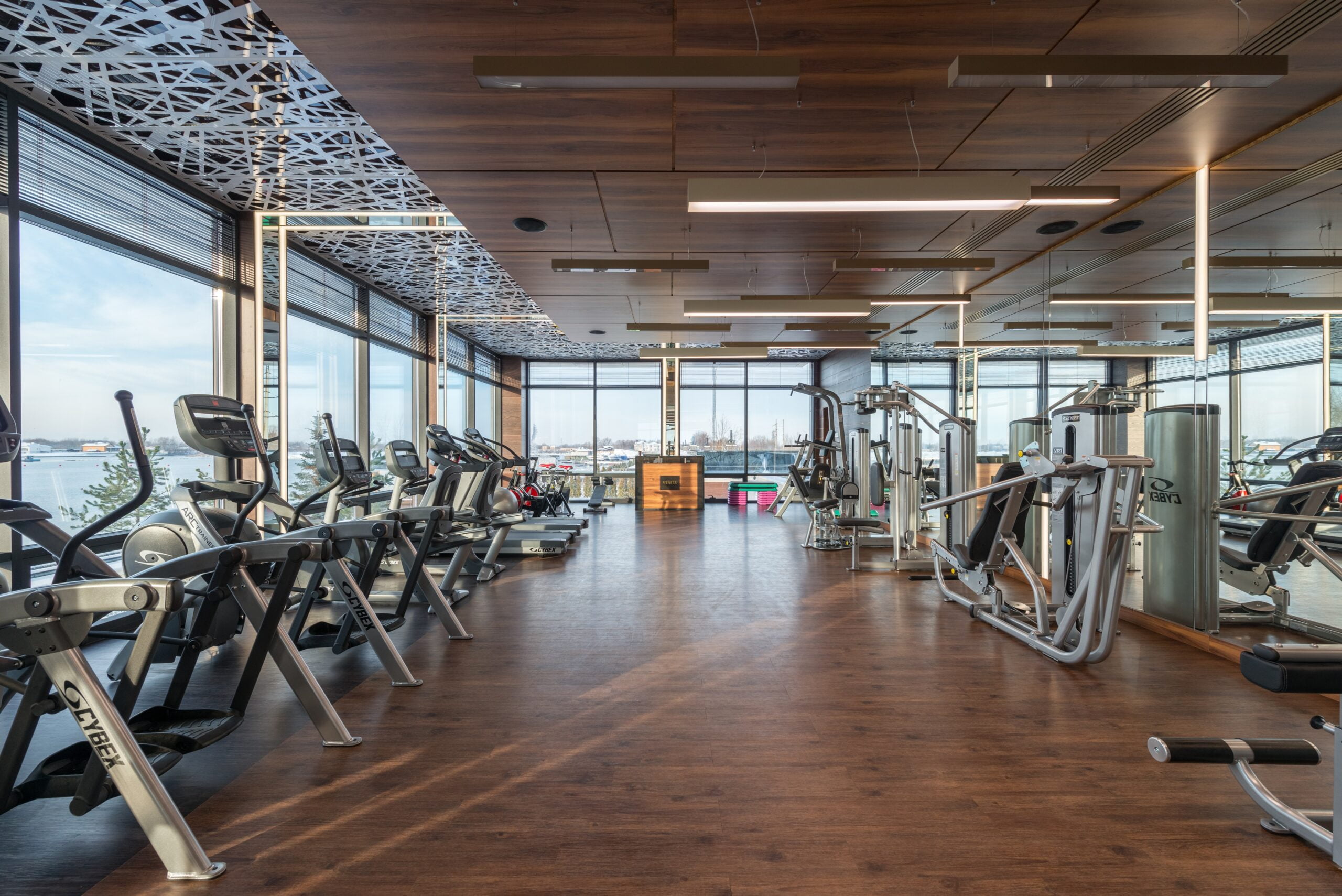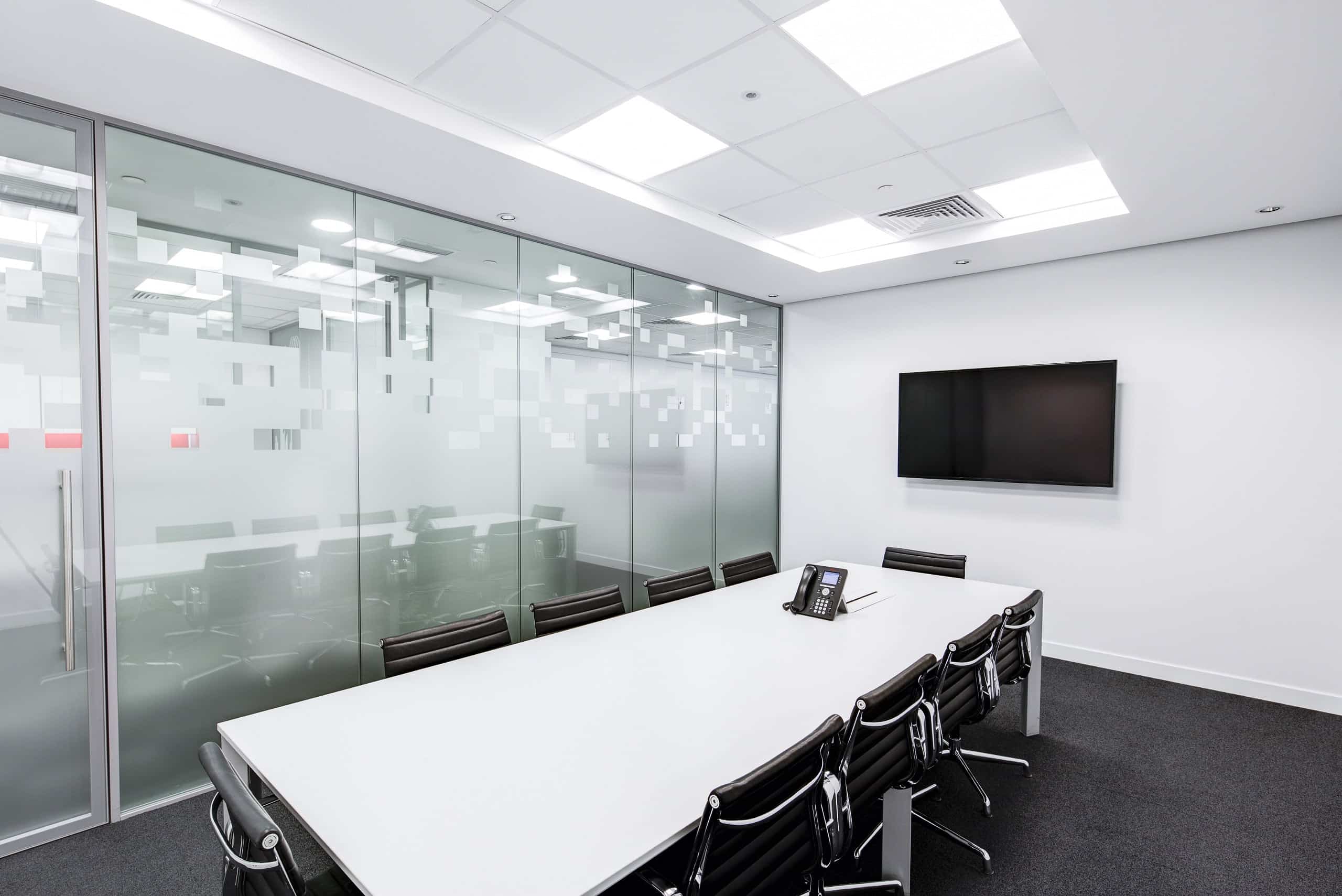R&D Capital Allowances – Unlocking Hidden Tax Relief for Innovation Investments
Table of Contents
When businesses invest in research and development (R&D), the first thought is often towards claiming R&D Tax Credits. While this is a well-known incentive, many companies overlook another valuable source of tax relief: capital allowances connected to R&D activities. These can help recover costs on tangible assets bought to support R&D work, offering further financial benefits alongside the better-known credits.

If your business has recently developed new products, upgraded laboratories, installed specialist machinery, or fitted out a research facility, it is likely that significant tax savings are available through R&D capital allowances.
What qualifies for R&D capital allowances?
R&D capital allowances apply to physical assets classified as plant and machinery. Common qualifying items include laboratory equipment, testing machinery, specialist computer systems, and research-specific fit-outs. Essential infrastructure such as heating, lighting, and ventilation installed to support R&D areas can also qualify.
It is important to differentiate between assets that qualify for plant and machinery allowances and general building structures, which typically do not. Identifying this expenditure accurately ensures maximum relief is claimed.
Eligible expenditure can benefit from the Annual Investment Allowance (AIA) or, in some cases, First-Year Allowances (FYA), enabling businesses to accelerate tax relief rather than spreading it over several years.
How R&D capital allowances differ from R&D tax credits
R&D Tax Credits and R&D capital allowances are separate and complementary forms of tax relief. Tax credits reward revenue expenditure such as salaries and materials involved in innovation. In contrast, R&D capital allowances provide relief on capital investments — the physical assets that underpin research activities.
Both reliefs can often be claimed together, helping businesses significantly reduce their overall tax liabilities. Proper planning ensures that both revenue and capital costs are captured efficiently.
The role of Full Expensing and other incentives
Although the enhanced Super-Deduction regime ended in March 2023, businesses investing in R&D-related assets can still benefit from the government’s new Full Expensing scheme. Introduced in April 2023, Full Expensing allows companies to deduct 100% of qualifying plant and machinery expenditure in the year of purchase.
This sits alongside other available reliefs, including AIA, offering multiple routes to securing tax savings. Where R&D is involved, ensuring that Full Expensing and capital allowances are used correctly can make a substantial difference to a company’s overall financial position.
When R&D capital allowances typically apply
Typical scenarios where businesses benefit from R&D capital allowances include the construction or upgrade of research and development facilities, the installation of specialist machinery for prototyping, and the fitting out of bespoke laboratories or testing areas. These projects often complement broader R&D tax credit claims, allowing businesses to maximise relief across both expenditure types.
Proper documentation and expert analysis are key to ensuring that all eligible capital costs are identified and separated from non-qualifying expenditure.
How CA Select can help
We specialise in capital allowances and work closely with businesses and their professional advisers to maximise tax reliefs connected to R&D investments. Our technical expertise means we can accurately identify qualifying expenditure, prepare HMRC-compliant reports, and deliver real cash flow benefits to innovative companies.
If your business has recently undertaken R&D activities, invested in new facilities, or is planning future development projects, now is the perfect time to review your capital allowances position. Unlocking all available reliefs can strengthen your innovation efforts and improve financial resilience.
Contact CA Select today to find out how we can help you make the most of your R&D investments.






